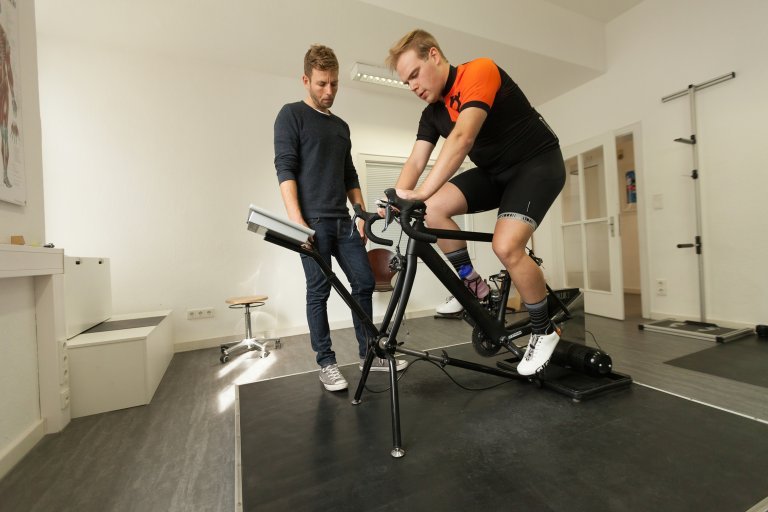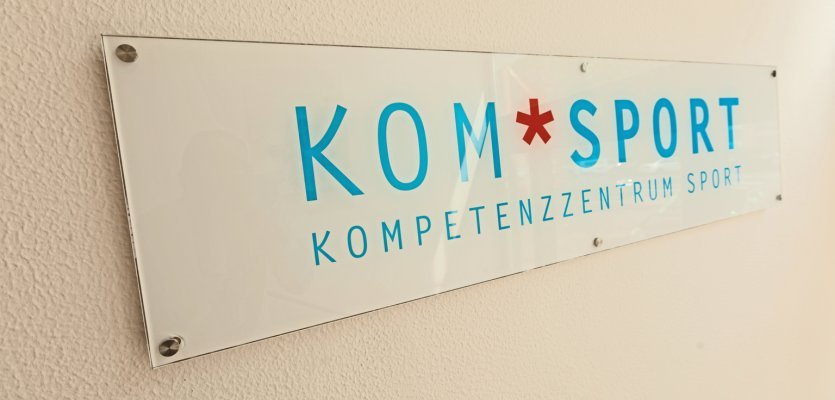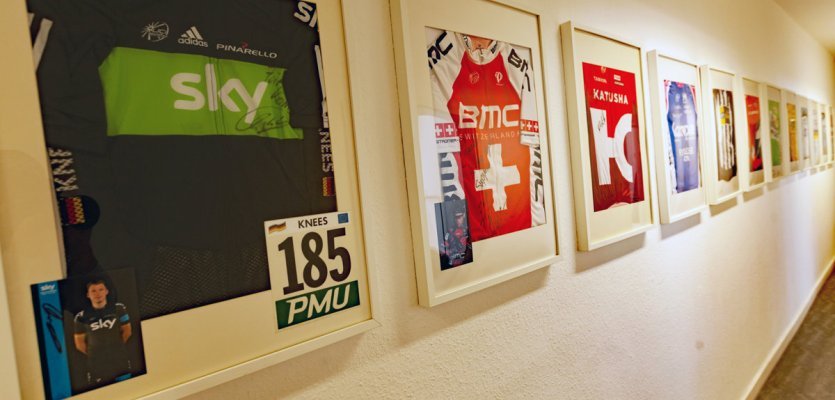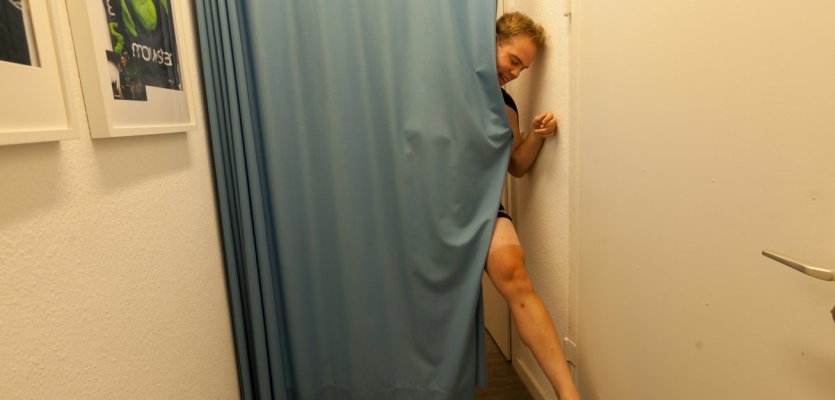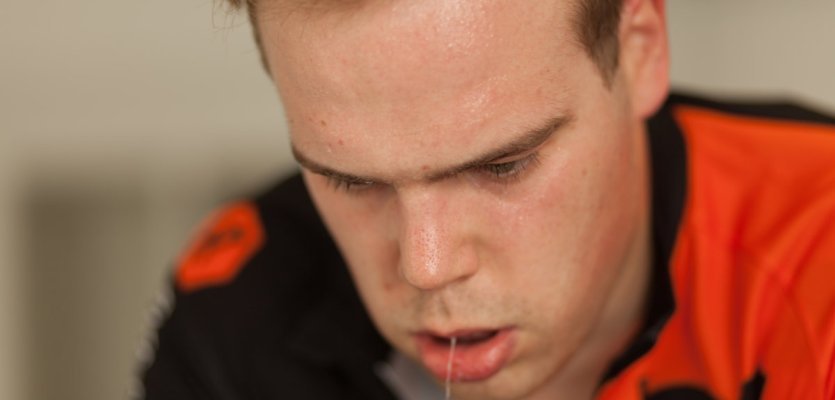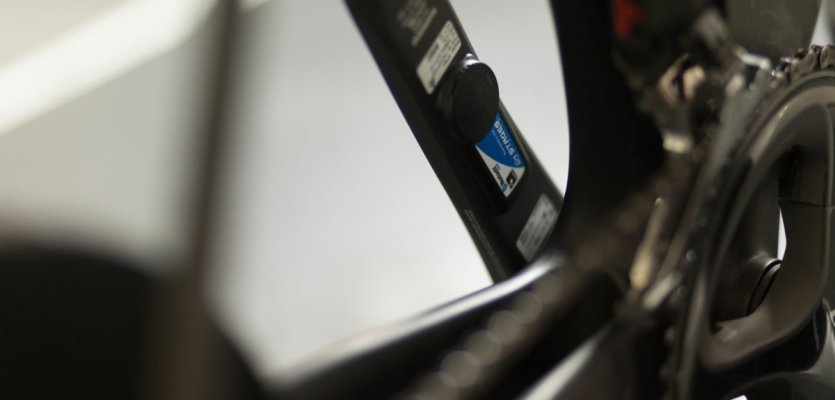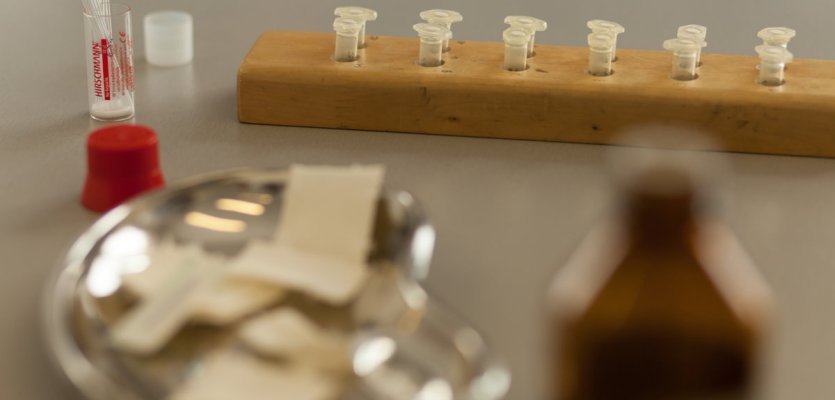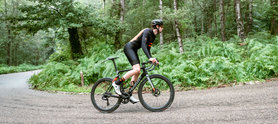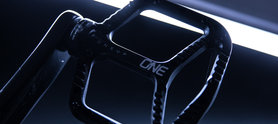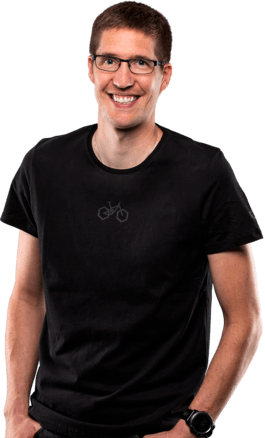
Performance diagnostics – Jonas has his plan now!
I love cycling in almost all its variations and I truly enjoy talking about bikes, parts, racing, race strategies and stardom on two wheels.
Performance diagnostics part 1 – Jonas on the ergometer at KOM*Sport
Why performance diagnostics?
OK, let me be honest. I love cycling in almost all its variations and I truly enjoy talking bikes, parts, racing, race strategies and stardom on two wheels. The fact that through our Storck 66 campaign, I was able to participate in a few races during the last season and that I have been working in the cycling industry for over a year now, has capped my enthusiasm not one bit.
However, this also means that I have less time to actually go ride myself. My physique makes me more of a sprinter type than a feather light climber. I have been using a Stages power meter since last June. Having my performance constantly in front of my eyes made me more conscious of my riding efforts. As a result, the number of intermediate training sprints went down. Sorry mates! I have done a Functional Threshold Test (FTP) which means giving everything you’ve got for 20 minutes and taking the average output and multiplying it by 0.95. This results in the threshold that can be ridden for one hour and I’m trying to stick to this target.
Still, the values prescribed by the FTP test seem a little ambiguous to me. I have set a goal to use the time I have on the bike during the coming weeks to train as efficiently possible. I want to find out how much I can improve my performance based on a training plan built around my individual power output during an 8-week period and still have fun while doing so.
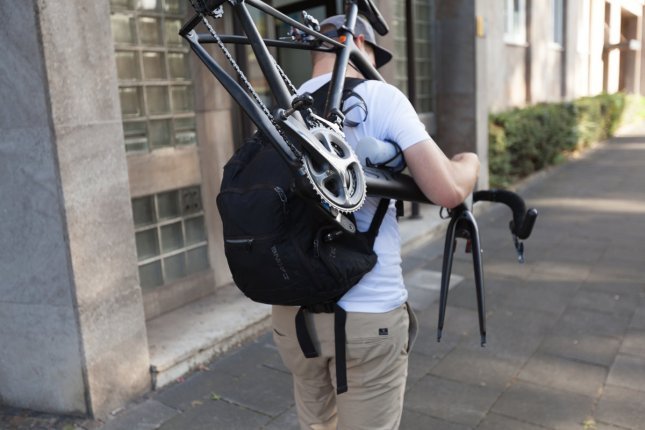
It might normally not be the right moment in the season to do this, still a little early, but since I had little time to ride during the last weeks, my body is well rested and the obligatory after season break was simply moved forward.
Performance diagnostics at KOM*Sport
A few days ago, we started our little experiment with a performance diagnostic at KOM*Sport in Cologne. KOM*Sport is short for sports competency centre. The company is renowned in the German cycling community for their bike fittings and performance diagnostics, but I’ll get back to that in a later post.
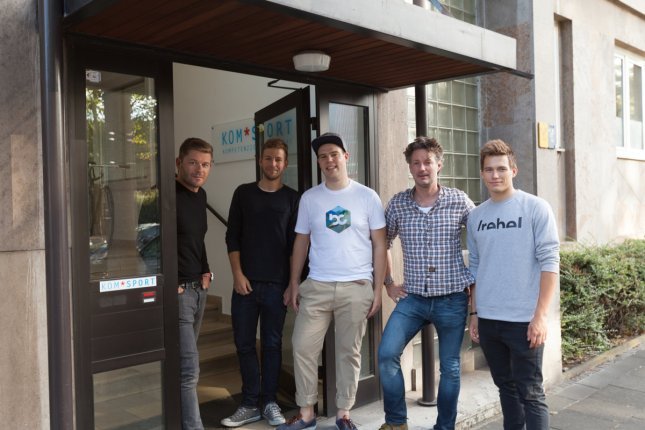
I was scheduled for a step test on a calibrated Cyclus2 ergometer.
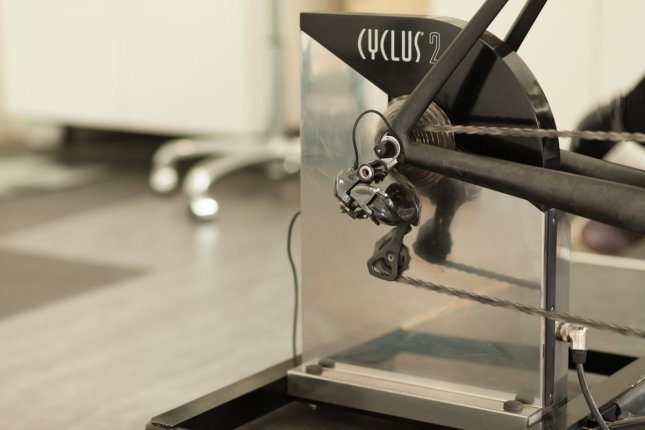
Before getting on the bike, Sebastian and Freddy from KOM*Sport took a look at my saddle position.
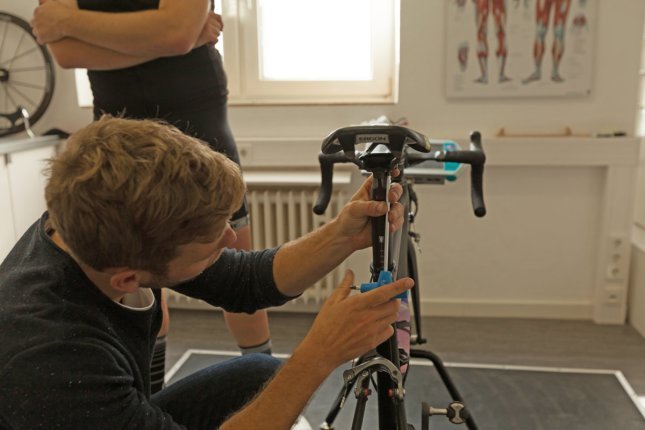
We went through this process in July before “Rad am Ring”, one of Germany’s most anticipated amateur races, so there where only small changes to be made. They also told me I could remove the last spacer under my stem. Finally, mission #slamthatstem accomplished. After this, we headed to the scale to analyse my body fat levels. Not my best moment, but it is important to find out what my power to weight ratio is later.
Let the suffer fest begin
Before starting the test, Freddy took an initial calliper blood sample from my ear lobe to see what my initial lactic acid levels were.
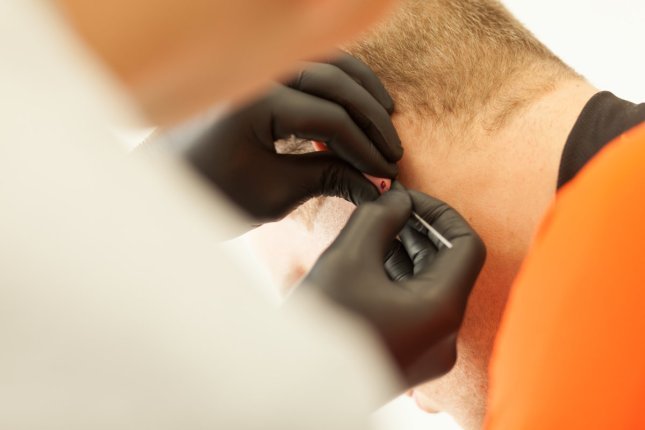
The test is pretty simple. You start at 100 watt load, then the resistance is upped by 40 watts in 4-minute intervals until your legs can’t manage to turn the crankarms anymore. Parallel to every interval, a drop of blood is taken from your earlobe to analyse lactic acid levels. At the beginning, it all seems very easy. However, with every step up and wattage increase, it gets more serious.
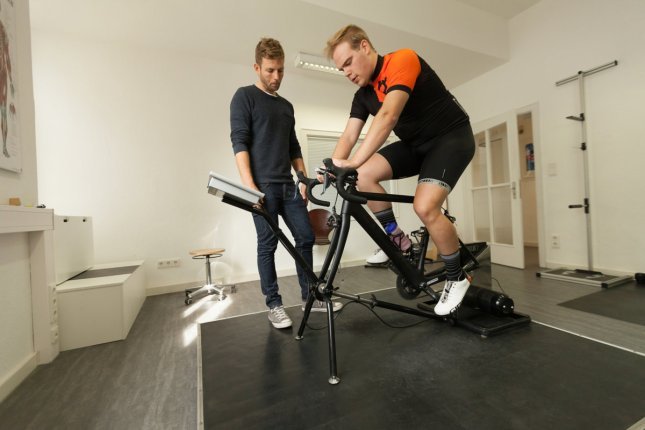
The testing software has no mercy and there are no descents for recovery. Sweat starts pouring out of every pore, your heart rate climbs higher and higher and at some point you reach your limit. For me that was 340 watts and I was completely toast.
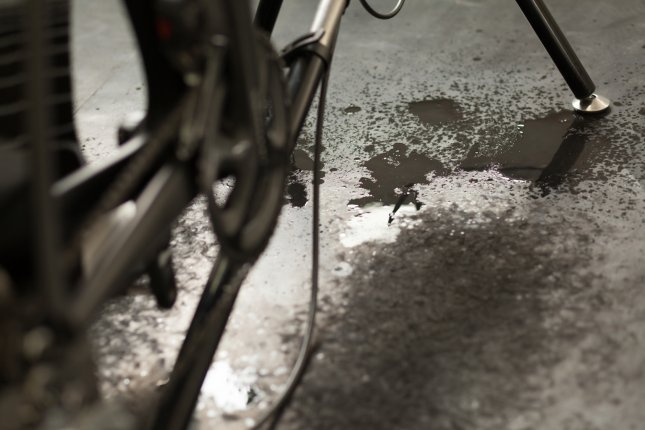
...
I didn’t even register that our social media manager Benny shot a little video clip of me during that last interval. You can find that moment of exhaustion on our Facebook page.
After the test, we went on to analyse the results. The blood samples from my earlobe that were taken by Freddy after each interval showed the lactic acid levels in my blood. More lactic acid in the blood means less oxygen for the muscles and consequently more pain.
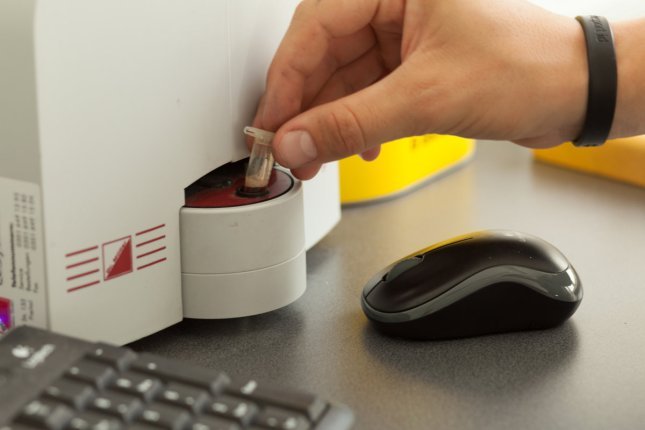
Basically your legs start getting sore. For the diagnostics and efficient training control, it is important to monitor the evolution of the curve of the increasing lactic acid levels, not just the point when your muscles are already completely overloaded. While this threshold itself can be determined approximately with the FTP test mentioned earlier, performance diagnostics as done by KOM*Sport focuses on what happens before reaching it as that is the zone you train in.
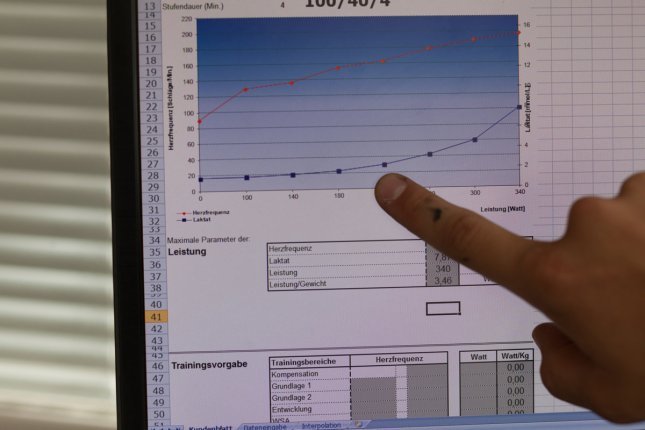
In the first part of the curve you can see that the lactic acid levels remain constant. This is where active recovery takes place. As soon as the lactic acid levels start to rise you enter into the endurance zone where fat begins to metabolise. As the curve becomes steeper you enter into the tempo zone where more carbohydrates than fat is burned. When the curve becomes even steeper you enter into the lactic acid threshold. The FTP result can be found here.
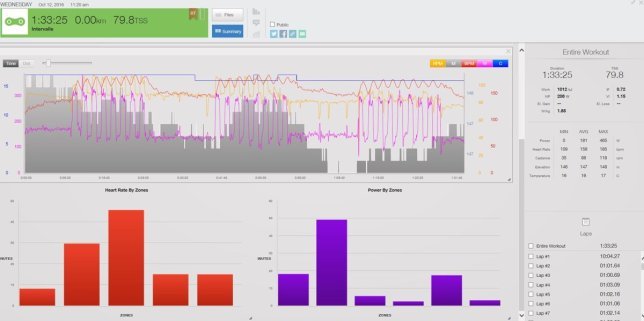
I have now been following the provided training instructions from KOM*Sport for a week using my trainer at home, strictly sticking to the requested interval times and intensity levels. Long intervals with a low cadence and high resistance for muscular endurance alternated with short sprint intervals at a high cadence with many repetitions.

On the weekends I hit the road! 3 hours of low intensity rolling on Saturday. On Sundays the schedule askes for 1.5 hours, before breakfast, on an empty stomach. That was tough for me. The first time, I substituted the road with my Taxc Antares free rollers. That was not a good idea. I got so nauseous, a feeling I remembered from riding the merry-go-round one time too many as a child.
Are daily life and the work-out plan compatible?
So far, I have followed the work-out plan almost to the letter. However, during an outing with the Facebook Group “RennRadln in München” last weekend, a group that gets together for rides around Munich, I had a hard time disciplining myself to stay within my required endurance zone. The following day I rode with Christian Grasmann, one of the Maloja Pushbikers. Again, a walk in the park for him, but my legs failed me somewhere between the two beautiful lakes Tegernsee and Spitzingsee.
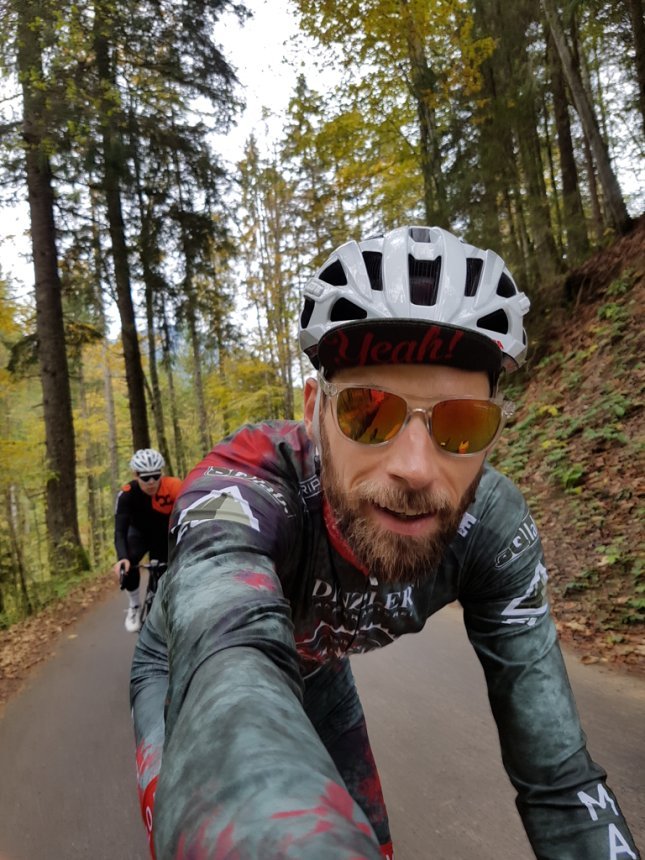
I will continue following the prescribed work-out plan during the coming weeks. At the end of November, we will find out what the results are and how much of a difference training based on strict intensity levels can really make.

